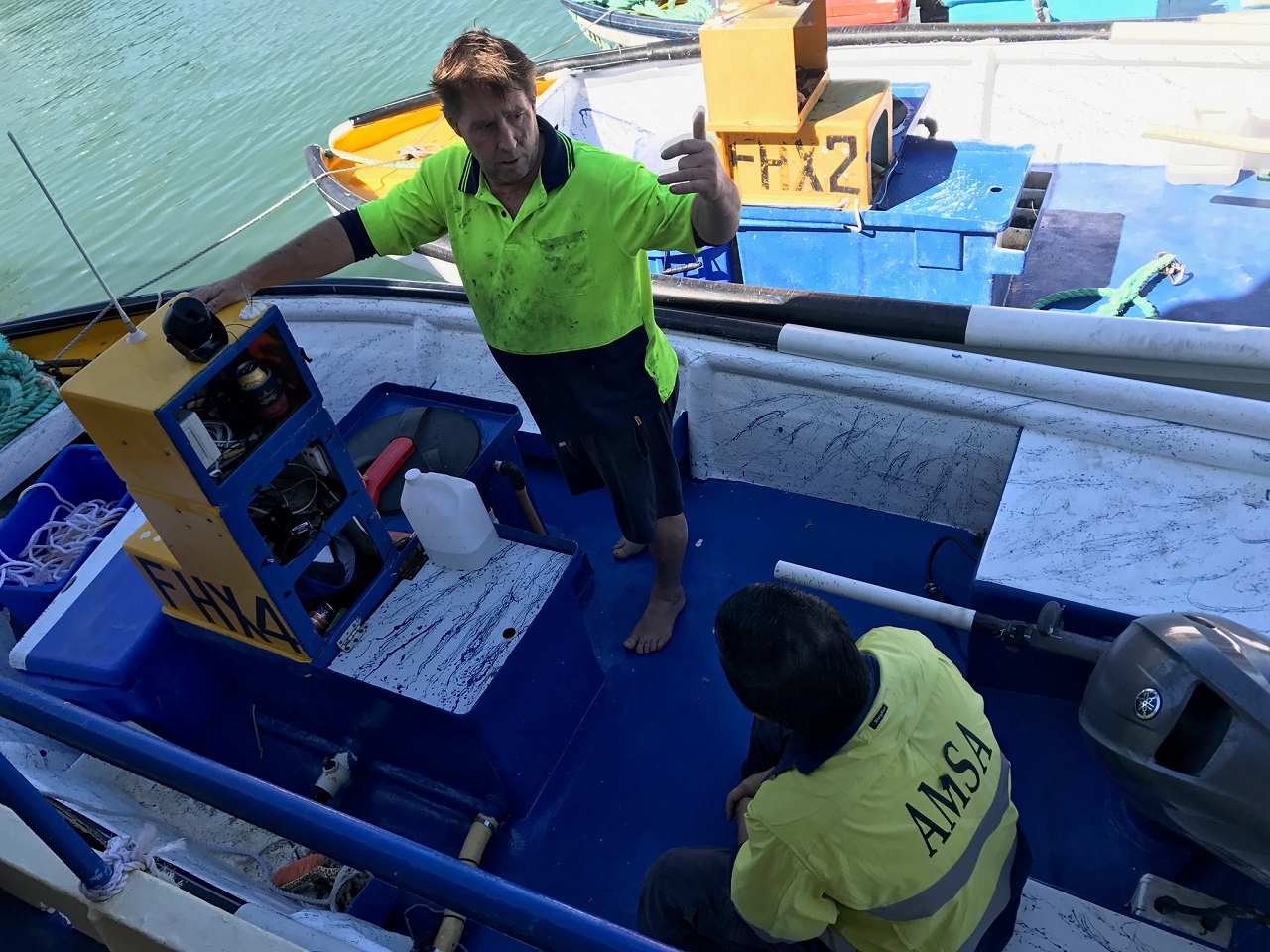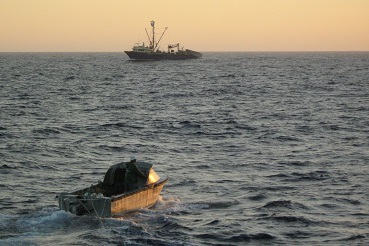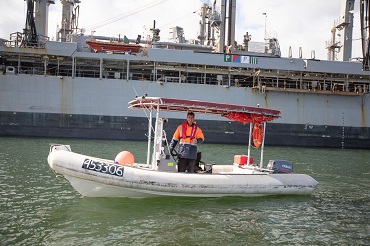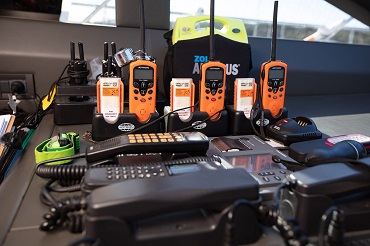Tenders come in a range of different shapes and sizes, you might call them dories, tinnies or auxiliary vessels and they can be used to support a larger vessel operation or on their own.
The important thing to remember is that if you use a tender as part of your commercial operation it must comply with the right standards.
AMSA defines a tender as a domestic commercial vessel used to transport goods or people (no more than 12), or for another purpose associated with its parent vessel’s operation. A tender is limited to operating in line of sight of its parent vessel (or another approved distance), or in a marina or a mooring area.
A tender is usually less than 7.5 metres long and must not be longer than its parent vessel and not powered by an inboard petrol engine.
Importantly the national law applies to all vessels used for a commercial purpose, including tenders.
There are special arrangements for vessels which meet the definition of ‘tender’ under the national law.
Find out more about the rules that apply to your tender.
To figure out if the vessel is a tender under the national law, the vessel must:
- Be used to transport goods or up to 12 people, or for a purpose associated with the parent vessel’s operation.
- Operate in line of sight of its parent vessel, or another distance approved in writing by AMSA, or in a marina or mooring area.
- Measure less than 7.5 metres or another length approved in writing by AMSA.
- Measure less than its parent vessel.
- Not be powered by an inboard petrol engine.



